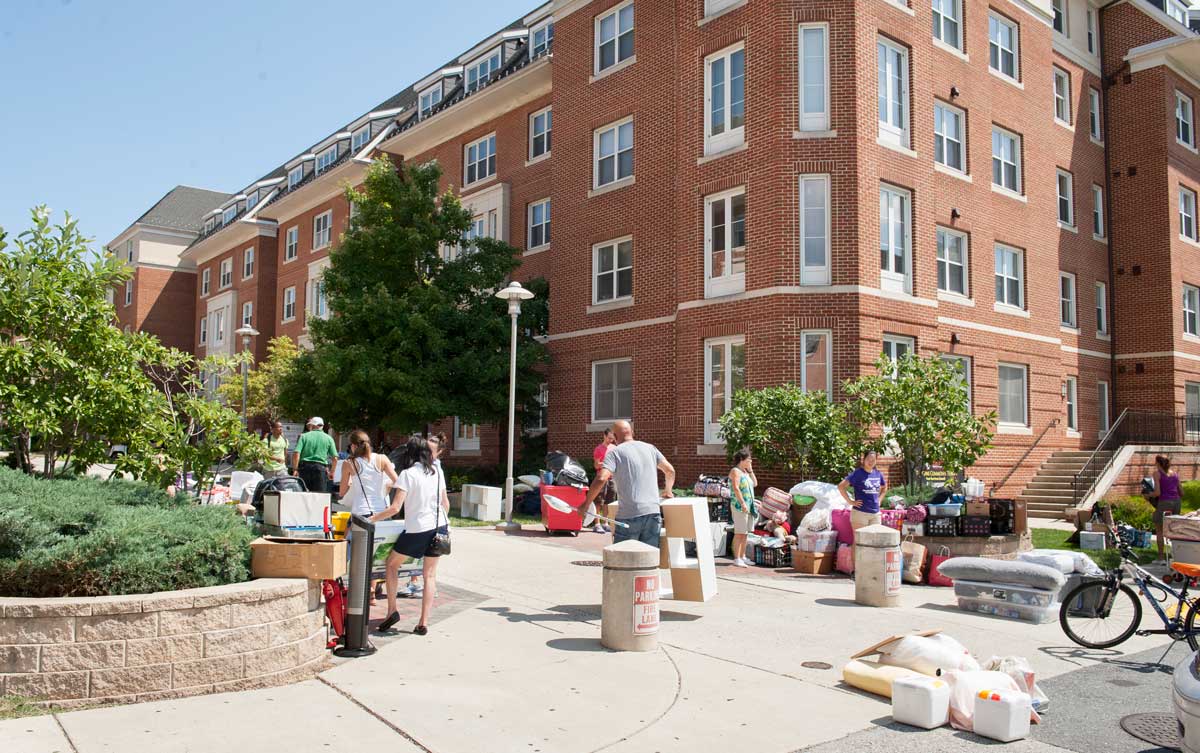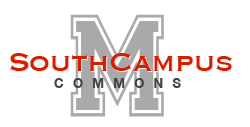Maintenance
The Maintenance Staff at South Campus Commons endeavors to make our apartments a comfortable place to call home. As with any home, sometimes things break or stop working. When this occurs, our Maintenance team does their best to resolve the issue within 24-48 hours of the work order being received. Work orders give the Maintenance Staff permission to enter the resident’s apartment and resolve the issue. Residents should place work orders for all issue except for running water. In this case, the resident should call Service Desk or Management Office.

General Information
Work Orders / Maintenance Tickets
Work orders allow our residents to request a maintenance technician to enter their apartment and repair an issue. All residents can access the online work order system through their resident portal.
Preventive Maintenance
Occasionally, a preventive maintenance technician will post a notice to enter your student’s apartment in order to perform preventive maintenance on the apartment systems. Their preventive maintenance checklist includes tasks such as: changing the air filter in the HVAC system, checking the water temperatures of the bathtubs, checking airflow temperatures from the vents, checking the plumbing for leaks, and cleaning the HVAC coil. Residents are responsible for making sure that all of these areas are accessible for the technician.
South Campus Commons also provides a preventive maintenance pest control program. Each apartment will receive preventive pest control services twice a year. It is very important that the apartment be clean at the time of this service, so your student should plan to clean the apartment when they receive the notice of entry. The treatment consists of fast-drying gel bait; no sprays will be used for the preventive treatment.
Building 7
Building 7 is a green building using LEED Gold standards. LEED stands for Leadership in Energy and Environmental Design. It was formulated by the U.S. Green Building Council. Based in Washington D.C., the Green Building Council is a nonprofit coalition developed by the leaders of the building industry. LEED is a nationally recognized certification program that has produced a standard in green development and building designs. It promotes the use of environmentally friendly products and materials used to develop sustainable green buildings. Green building construction uses these materials to make healthy environments for humans and pets, to conserve water and energy, and to use materials that have a low impact on the integrity of the natural environment.
LEED certification is being used to bring sustainability into building design through a nationally recognized standard of excellence. This is a high standard, and if it is met and certified, more buildings will be officially safe for both the environment and the people who use them. This is a massive effort that involves the federal, state and local governments adopting green standards in building codes, as well as banks who approve the funding for such green projects. The application of green standards is incorporated into the plans of architects and engineers, and construction managers and interior designers coordinate the use of materials and build according to code and plans. The LEED objective is currently implemented both domestically and internationally, so this is a worldwide effort to change the environment of the world—one green building at a time.
The LEED certification is an involved process of verifying and certifying the total design of the building project for its efficiency. The certification of the building allows the residents who reside there to take advantage of benefits of “going green,” including not only state and local incentives, but also the efficiency of the building itself. Certification can be acquired on four different levels, each based on the grade in sustainability, efficiency in water usages, atmosphere and energy, materials and resources, and the quality of the indoor environment. The levels are certified, silver, gold and platinum for new construction projects, and will soon include commercial, new home, and neighborhood development projects.
When looking for new appliances for building 7 we looked for ENERGY STAR products, which have met EPA and U.S. Department of Energy guidelines for energy efficiency. In 2006, the ENERGY STAR program saved energy equivalent to taking 25 million cars off the road and saved Americans $14 billion in utility costs.
Sustainability / Recycling
South Campus Commons (SCC) is a committed partner with our residents, in the pursuit of a more sustainable lifestyle for all who call this community home.
A few energy conservation tips are listed below:
Lights. Use a Lamp. Study by a lamp instead of lighting an entire room. Use Natural Light. If lights are not needed, don’t turn them on.
Energy. Turn It Off. Turn off lights, lamps, computers, printers, TVs, radios, and any other equipment when not in use.
Unplug It. Many electronics such as TVs, computers, cell phone chargers, electric razors, etc. still use power when they are turned off. When leaving for an extended period, consider unplugging lamps, TVs, computers, chargers, etc.
Refrigerator. Work with roommates to organize the refrigerator to eliminate the need for additional small refrigerators throughout the apartment.
Air Condition Wisely. Set the temperature to 78°F and close all windows. Turn the A/C off or set the temperature higher when leaving the apartment.
Heat Wisely. In the winter, set the thermostat to 68°F. Set it cooler at night and when nobody is home. Make sure windows, doors, and any other openings are shut tightly. If cool air is coming in through the window, residents should place a work order so that the issue can be fixed.
